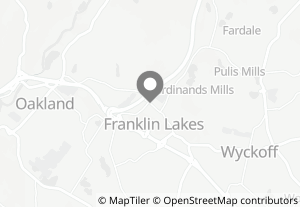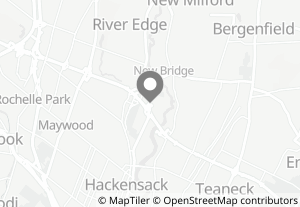Is your practice ready for chairside CAD/CAM?

While any dentist who is up-to-date on industry trends is surely aware of chairside CAD/CAM technology, a surprisingly low percentage of practices nationwide are using it.
It’s one of those changes that often sounds good in theory yet continually gets pushed on to the back burner.
Single-visit dentistry is easier to schedule, eliminates the need for temporary installations, decreases pain and minimizes dental anxiety; however, analyzing whether now is the right time to make the move to CAD/CAM requires that you contemplate a few issues.
Economic viability
Technological upgrades related to digital dentistry often pay for themselves several times over through the ability to treat more patients per day.
CAD/CAM requires an investment in an intraoral scanner, restoration design software, manufacturing mill and a sintering oven but this initial cost is offset by a reduction in ongoing costs, such as:
- The cost of sending units to the lab each month
- Savings on impression material
- Costs involved in bringing patients back in for a second visit
Compare monthly savings to the cost of CAD/CAM equipment to determine the payback period for your practice.
Learning curve
Making the shift to single-visit restorations requires that dentists undergo a learning curve.
Dentists who are not excited about training on a new piece of equipment will find the transition more difficult than those keen to take on a new skill. This is a pertinent point to consider in practices with numerous dentists. Everyone needs to be on board for the conversion to be a success.
New workflow
Naturally a single-visit restoration will take more time and require changes in workflow. Be sure to consider anesthesia, tooth preparation, intraoral scanning, restoration design, milling, sintering and polishing and cementation when approximating your new time allotment for treatment.
Major efficiency gains will be seen over the long haul but in the short-term, adjustments will need to be accounted for. Here are 5 ideas to improve workflow efficiency after making the change over to single-visit dentistry:
- Buffer anesthesia for faster onset.
- Focus training time on increasing scanner proficiency.
- Focus on optimizing prep design.
- Keep up on mill maintenance and don’t skimp on using fresh burs.
- Calibrate the sintering oven regularly.
Options for equipment
As the technology evolves, practices no longer need to take an all-or-nothing approach to digital dentistry.
Whereas CAD/CAM once required the purchase of a complete system, today’s intraoral scanners save images via stereolithography files that can be read by the lab. This makes it possible to get started with digital imagery and add in-house milling equipment later, once your staff is comfortable with the technology.






